The ABC’s of Sports Nutrition
Believe it or not, eating a good sports diet can be simple. Yet too many athletes have created a complex and confusing eating program with good and bad foods, lots of rules, and plenty of guilt. Let’s get back to the basics and enjoy performance-enhancing fueling with these simple ABC’s for winning nutrition.

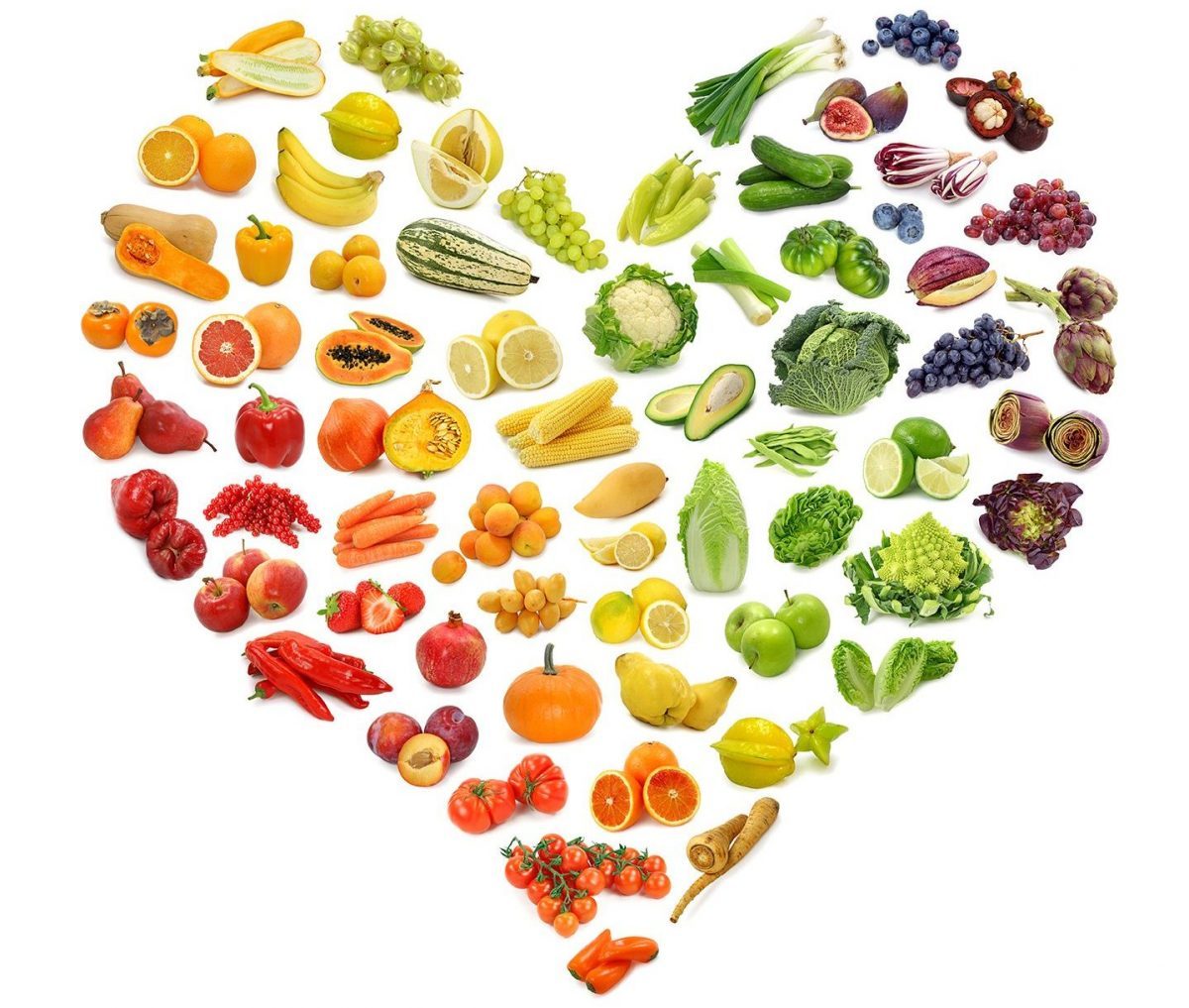
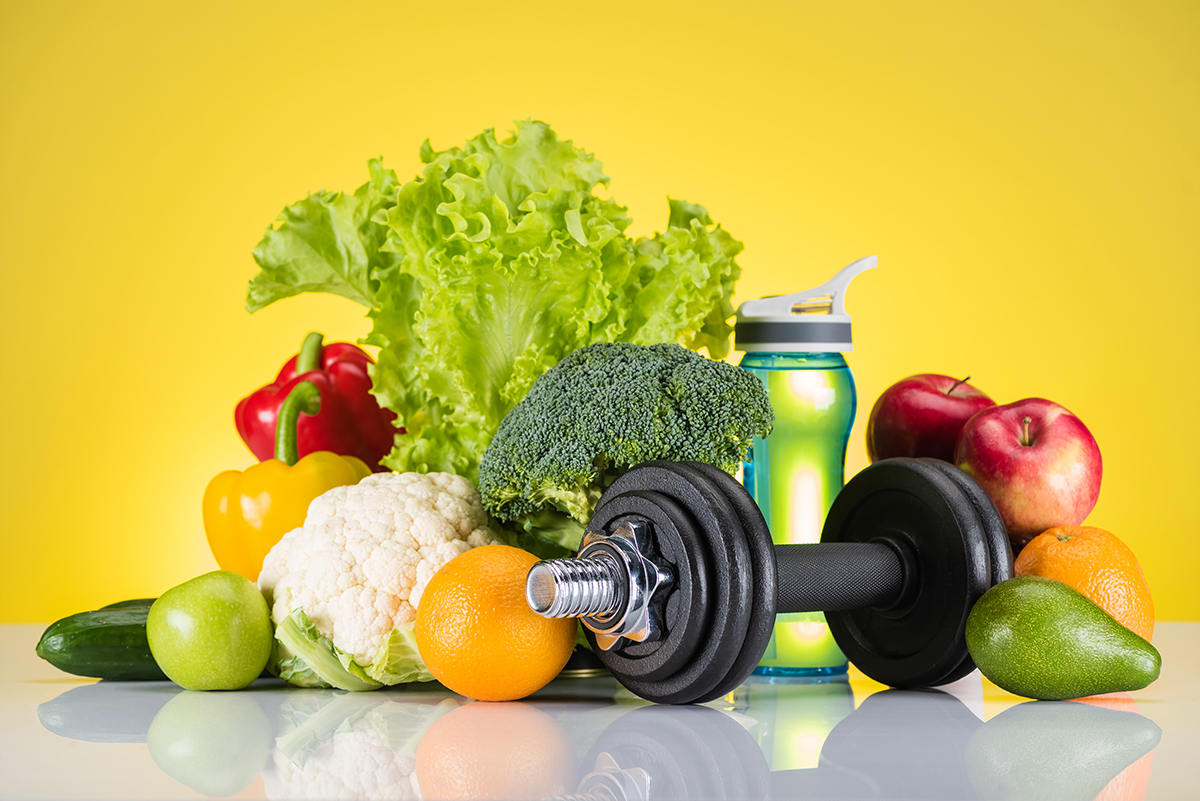


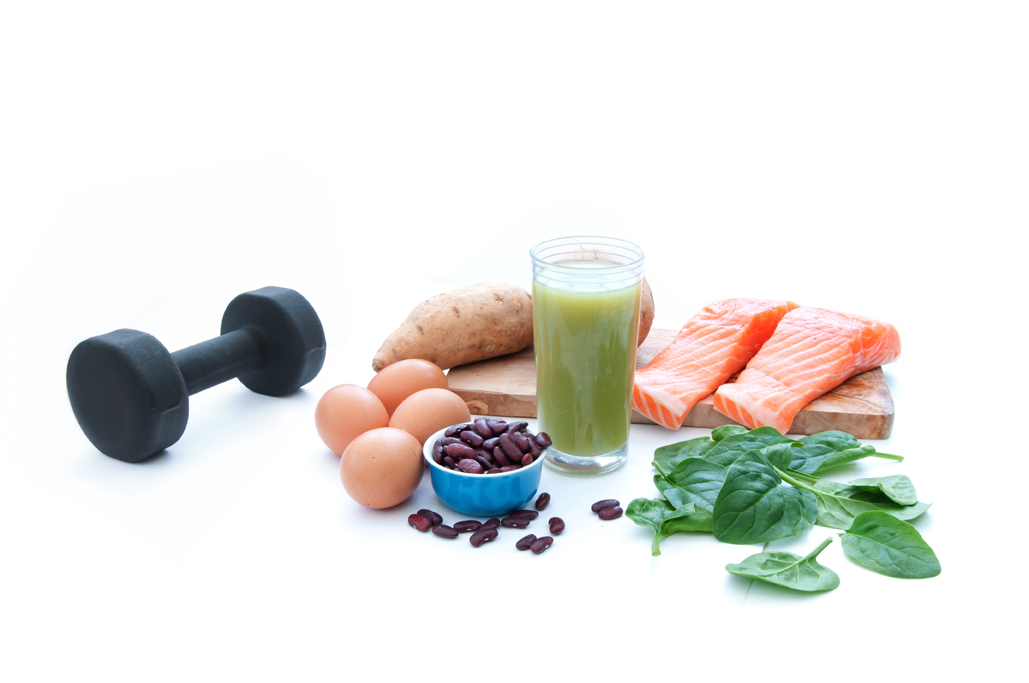
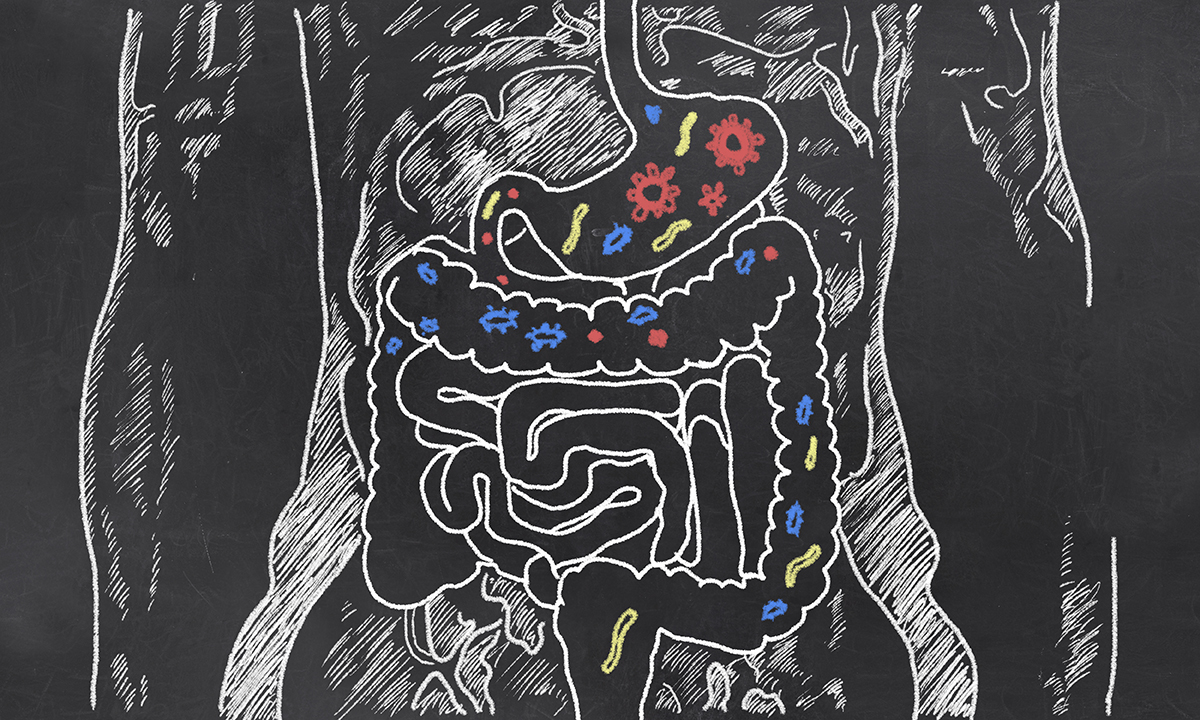
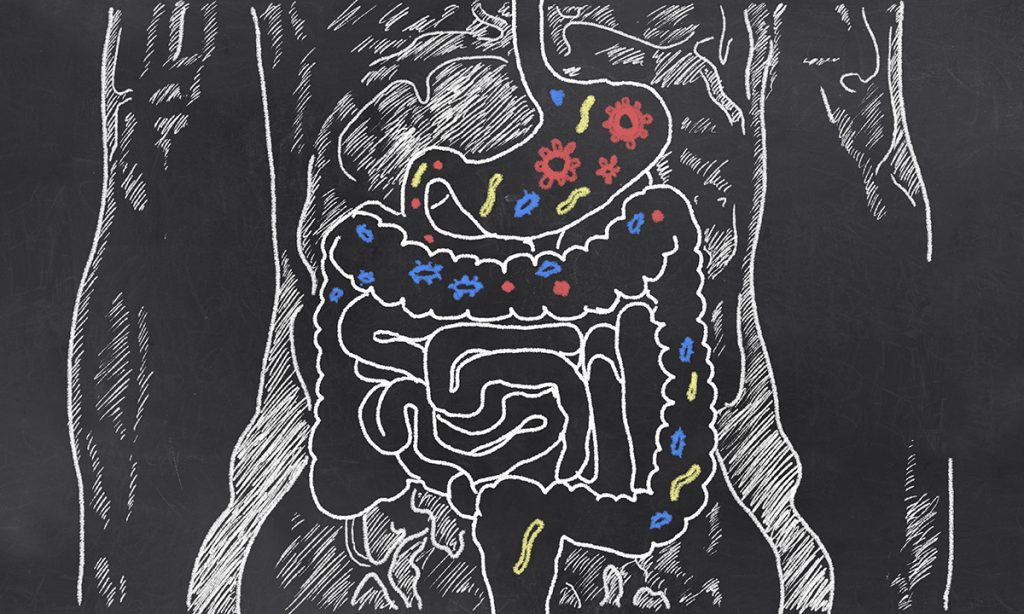 Stay calm. Being anxious about intestinal issues can exacerbate the problem. Think positive. Trust that your gut is adaptable and trainable. Record what, when, and how much you eat, as well as the duration and intensity of your exercise. Use that data to help you figure out what foods and fluids settle best. Building body trust can reduce anxiety—and that can reduce GI issues. That said, precompetition nerves can affect any athlete, regardless of GI hardiness!
Stay calm. Being anxious about intestinal issues can exacerbate the problem. Think positive. Trust that your gut is adaptable and trainable. Record what, when, and how much you eat, as well as the duration and intensity of your exercise. Use that data to help you figure out what foods and fluids settle best. Building body trust can reduce anxiety—and that can reduce GI issues. That said, precompetition nerves can affect any athlete, regardless of GI hardiness!


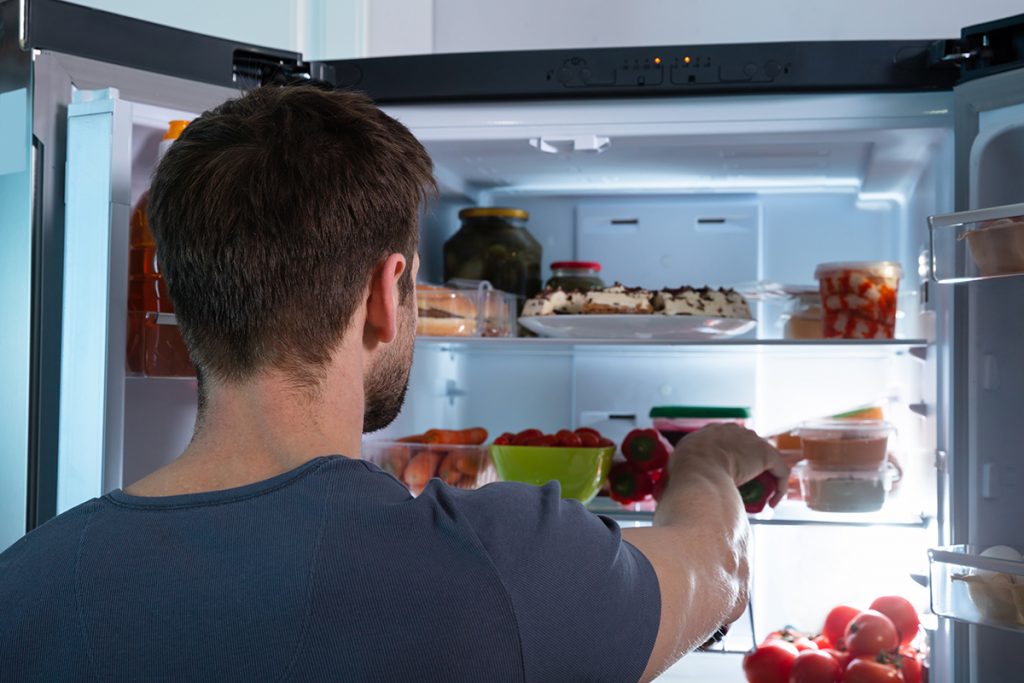

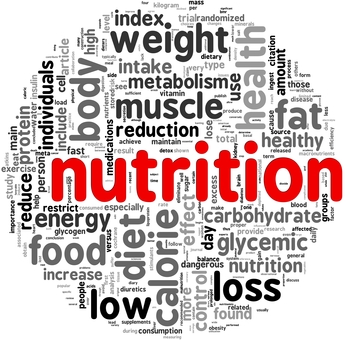 When life feels out of control, athletes commonly end up trying to control other things, such as food, exercise, and weight. Some may be striving to chisel themselves into a perfect body (no excess body fat) and eat a perfect diet (no fun foods). Unfortunately, the same dedication and discipline that help them be top athletes are the same traits that foster eating disorders. For example, perfectionism is common to both athletes and people with anorexia. How else could figure skaters or gymnasts rise to the elite level without demanding perfection from themselves?
When life feels out of control, athletes commonly end up trying to control other things, such as food, exercise, and weight. Some may be striving to chisel themselves into a perfect body (no excess body fat) and eat a perfect diet (no fun foods). Unfortunately, the same dedication and discipline that help them be top athletes are the same traits that foster eating disorders. For example, perfectionism is common to both athletes and people with anorexia. How else could figure skaters or gymnasts rise to the elite level without demanding perfection from themselves?